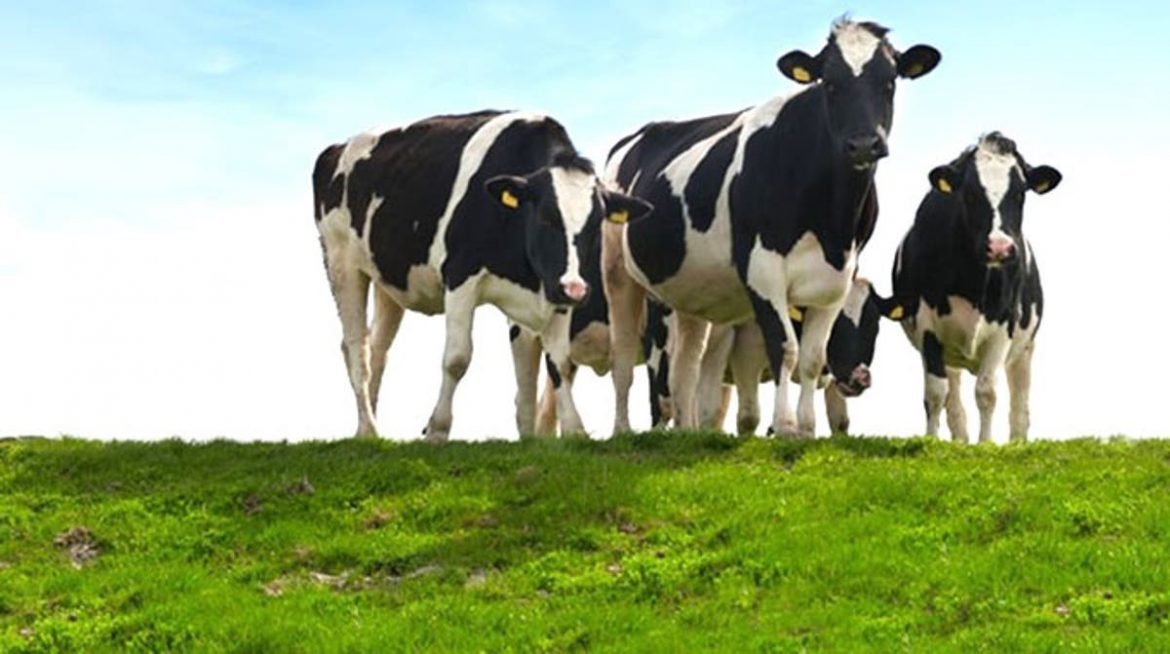The agricultural sector is one of the sectors with potential to uplift the economy of Zimbabwe. The potential of the sector has not been fully explored especially in the livestock sector to be specific the dairy industry. Livestock herd sizes, nationally, declined by about 20% for beef, over 83% for dairy, and 26% and 25% for pigs and small ruminants respectively, between 2009 and 2020. The production of raw milk is below the national demand which stands at 130 million litres against production of 70 million liters per annum. Development of sustainable dairy is hinged on nutrition management, animal health, breeding, extension services, market availability, financing and technology adoption. The dairy sub-sector has high return on investment, but requires a heavy investment. NDS1 government document plan will focus development on about 6 value chain sectors with the dairy value chain included. In the Zimbabwean dairy sector challenges being faced manifest in the form of low milk volumes and lack of viability, failure to access and afford stock feed, poor access to markets and related infrastructure and limited access to investment funds.
Nutrition in dairy business plays a critical role. The main objective of a dairy farmer is to make money. If you produce milk and lose money you will not be a dairy farmer for long. Two factors that greatly affect the profitability of dairying are nutrition and cow comfort. Dairy cows must have access to high quality, well balanced and a well-mixed feed. There are various factors which are critical when it comes to feeding dairy cows such as mixing consistency; fiber cut length and overall nutrition of feeds. Dairy cows can either be reared in pastures or on total mixed ration systems. Dairy feed manufacturing or distribution is one of the investment options available. Although the feed manufacturing business can be a bit complex but with the right people, enough capital and understanding of the industry you will be successful. Another alternative is that you can be involved in the distribution of feeds to farmers; you can buy from manufactures and sell to farmers at a profit.

Dairy cows also need good health to be productive. Nutritional imbalances, deficiencies, or erratic management of feeding programs for dairy cows can create large numbers and various types of health problems generally categorized as metabolic diseases. Traditional production costs rank mastitis, reproductive problems, and lameness as the top dairy cattle diseases. Availability of veterinary medicines, detergents and disinfectants is of great importance to the dairy farmers to improve their production and productivity. One of the investment options is to establish a retail shop that can sell these meds and detergents to farmers. You can research more about regulations before establishing one.
Dairy farming is a reproduction business. Breeding plays an important role in dairy. Development of sustainable dairy is directly related to the level of investment in breeding. Breeding brings about animals with good genetics which are resilient, adaptable at the same time high producing. Development of new breeds is an expensive and long process which can go up to about 15 years hence the business has been left for governments and huge companies. In Zimbabwe at farmer level, the most significant constraint includes lack of proper dairy breeds. Although it can be expensive, an investment towards breeding and offering artificial insemination services to dairy farmers can be rewarding financially. Another option is importation of improved breeds. The government plans to increase the dairy herd from the current level of 16 000 to 30 000 by 2025.Any effort aimed towards the improvement of national dairy herd can be financially rewarding.
Market availability and value addition are some of the most important driving factors in dairy. Milk markets are readily available because nationally there is generally low supply of milk of about 70 million litres per annum against national demand of about 130million litres per annum. Value addition is one of the sectors that is still dominated by large corporates. Inclusion of new and many players keeps the industry competitive at the same time improving quality. Milk can be used to produce over 55 products. In its NDS1 document the government plans to promote value addition for example through managing importation of milk powder and promote local milk powder production. Investments aimed towards value addition can be financially rewarding due to likely high demand in the future.
In conclusion opportunities in the dairy sector are limitless, other investment opportunities lies in offering financial services to dairy farmers at an affordable cost. Provision of essential extension services to dairy farmers at a fee can be also rewarding. On the other hand investment into technology through promoting the uptake of technology is also another investment option in dairy sector.







